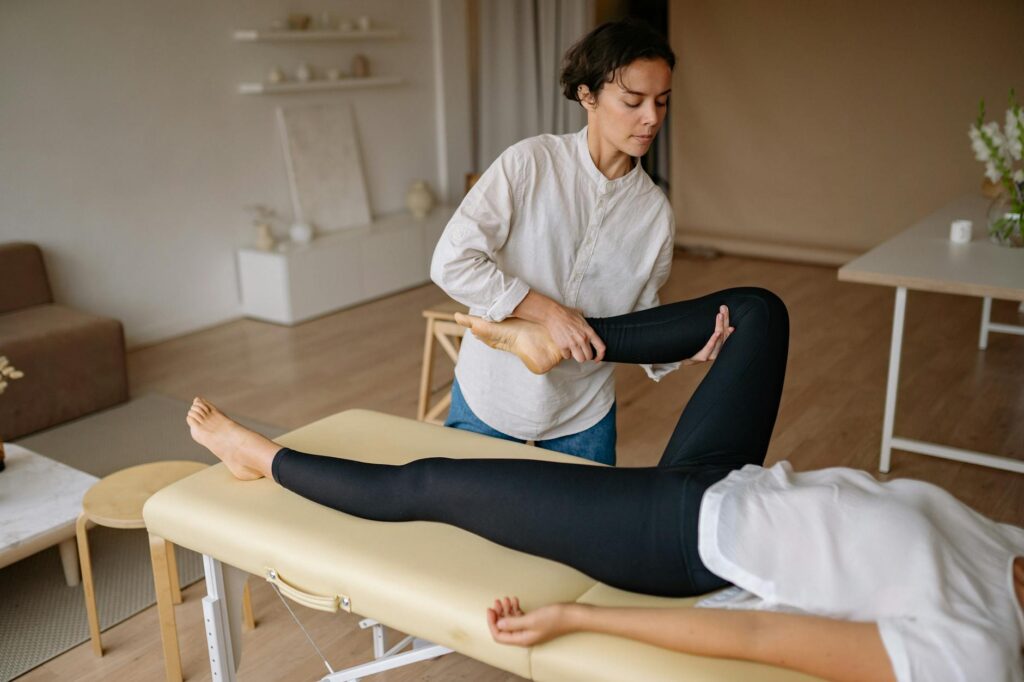What is relaxation response training?

What is relaxation response training?
Relaxation response training is a powerful technique designed to combat stress and enhance overall well-being. In our fast-paced world, where the demands of work and life can often feel overwhelming, learning how to elicit the relaxation response can significantly improve your productivity and personal development. By mastering this method, you can foster a better work-life balance and become more resilient in the face of everyday challenges.
Understanding Relaxation Response Training
At its core, relaxation response training involves intentional practices that help individuals respond to stress with calmness and clarity. This training is rooted in the understanding of how our minds and bodies interact. Stress triggers a physiological response known as the fight-or-flight response, which prepares us to react to perceived threats. Conversely, the relaxation response promotes a state of deep rest, helping to counteract the effects of stress.
Overview of the Relaxation Response
The relaxation response primarily features physiological changes that occur in the body when we practice relaxation techniques. When elicited, it can lead to slower breathing, reduced heart rate, and lower blood pressure. It acts as a natural antidote to stress, allowing the mind and body to recover from the wear and tear of daily pressures. By incorporating relaxation response training into our routines, we can cultivate mindfulness and emotional balance, enhancing our overall quality of life.

Photo by Yan Krukau
Historical Background
The concept of relaxation response training can be attributed to Dr. Herbert Benson, a pioneer in mind-body medicine. His research in the 1970s led to the identification of the relaxation response as a physiological state that individuals could learn to invoke. His book, “The Relaxation Response,” elucidated various techniques for achieving this state, emphasizing its role in reducing stress and promoting health. Since then, many have followed in his footsteps, exploring the benefits of relaxation practices such as meditation, yoga, and deep breathing.
Techniques for Practicing Relaxation Response Training
There are several effective techniques for practicing relaxation response training. Each method can be tailored to fit individual preferences and lifestyles, making it accessible for anyone seeking relief from stress.
Meditation Practices
Meditation is one of the most effective ways to elicit the relaxation response. Techniques such as mindfulness meditation and guided imagery can help center your mind and ease anxiety. In mindfulness meditation, you focus on your breath and acknowledge your thoughts without judgment, allowing them to come and go like clouds in the sky. Guided imagery involves visualizing peaceful scenes or experiences, creating a sense of tranquility and comfort.
Breathing Techniques
Breathing techniques are foundational to relaxation response training. Diaphragmatic breathing, also known as abdominal breathing, is particularly effective. By inhaling deeply through your nose, allowing your abdomen to expand, and then exhaling slowly through your mouth, you can stimulate the body’s natural relaxation mechanisms. This practice not only lowers stress levels but also enhances oxygen flow to your brain, improving overall cognitive function.
Progressive Muscle Relaxation
Another useful method for relaxation response training is progressive muscle relaxation (PMR). This technique involves tensing and then relaxing different muscle groups throughout your body. Starting from your toes and working up to your head, you’ll focus on each muscle group, allowing tension to release as you exhale. This practice not only helps to alleviate physical tension but also contributes to a calmer state of mind.
Benefits of Relaxation Response Training
The advantages of relaxation response training are numerous, particularly concerning productivity and personal growth.
Stress Reduction and Mental Clarity
One of the most significant benefits is stress reduction. Regular practice of relaxation response techniques can lead to a notable decrease in daily stress symptoms. As your stress levels drop, you’ll likely experience improved mental clarity, allowing you to think more clearly and make better decisions.
Enhancement of Focus and Concentration
By incorporating relaxation response training into your daily routine, you can also enhance focus and concentration. When your mind is calm and free from distractions, you’re more likely to tackle tasks efficiently. This heightened focus can lead to increased productivity and a greater sense of accomplishment.
Improving Work-Life Balance
Relaxation response training plays a crucial role in promoting a healthier work-life balance. By learning to manage stress effectively, you’ll find it easier to separate work from personal life. This balance is essential for maintaining overall well-being and preventing burnout.
Getting Started with Relaxation Response Training
Taking the first steps towards incorporating relaxation response training into your life is easier than you might think.
Setting Aside Time for Practice
Begin by setting aside dedicated time each day for relaxation response training. Even just 10 to 20 minutes can make a difference. Treat this time as an important appointment, free from distractions, where you can focus solely on your practice. Consistency is key to reaping the benefits.
Resources and Tools
There are plenty of resources available to guide you in your relaxation response training journey. You might explore meditation apps, books, or online courses designed for beginners. Websites like the National Center for Complementary and Integrative Health provide valuable insights and techniques that can enhance your practice.
Conclusion and Call to Action
In summary, relaxation response training offers a unique approach to managing stress and enhancing productivity. By understanding the techniques, benefits, and historical context behind this practice, you can begin your journey towards a more balanced and fulfilling life. I encourage you to explore these techniques and incorporate them into your daily routine. The path to improved productivity and well-being is just a breath away!